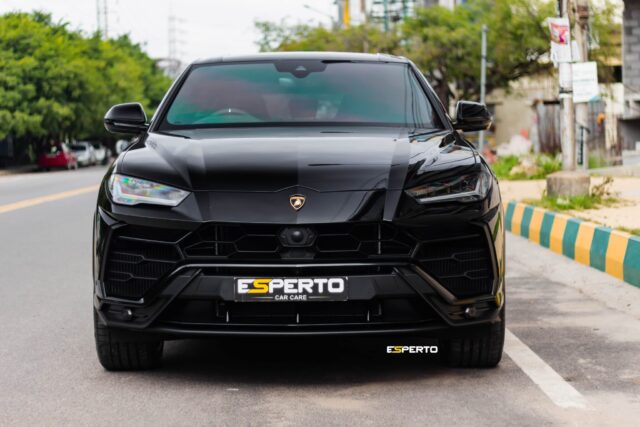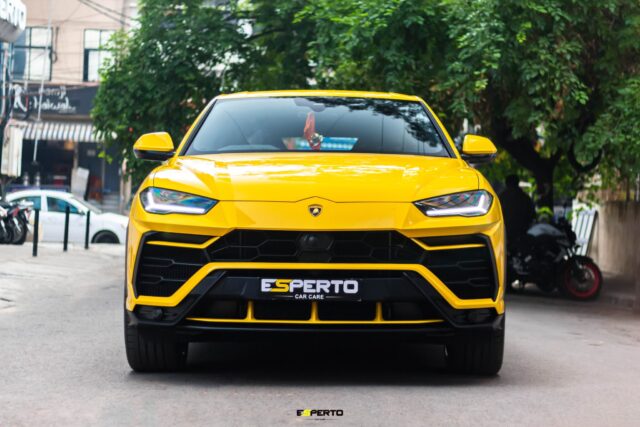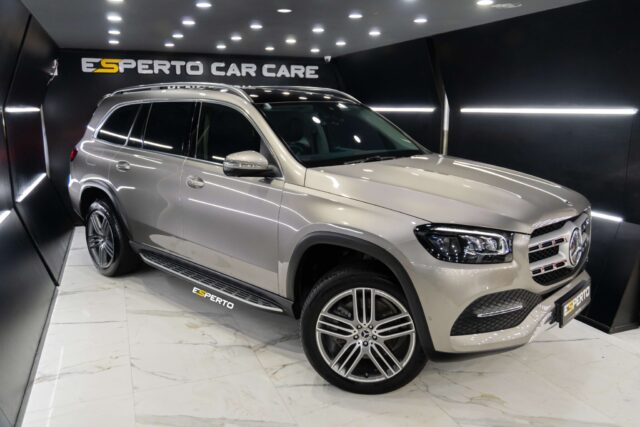Car interiors heat up fast under India’s blazing sun. UV-Blocking Sun Film for Cars, especially those with infrared rejection technology, help reduce this heat while maintaining visibility. They also guard against damaging ultraviolet rays that fade dashboards and seats. Proper application allows you to enjoy more incredible rides, better comfort, and excellent long-term value from your vehicle’s interior.
Understanding the Complete Spectrum of IR Rejection and Infrared Radiation
This section explores why controlling the invisible infrared spectrum matters so much. Solar energy includes light, heat, and infrared radiation penetrating windows, raising cabin temperature rapidly. By installing IR-friendly window film, you can dramatically cut internal heat buildup. Here, we reveal key features that boost overall driving comfort.
How Infrared Radiation Impacts Driving and Temperature
Infrared radiation makes up much of the sun’s energy entering your car’s cabin. The temperature can climb quickly when the glass absorbs and radiates this heat inward. In many Indian cities, a parked vehicle’s interior can reach dangerous levels of warmth within minutes. That makes simple errands or everyday commutes uncomfortable and potentially harmful for passengers. Prolonged heating accelerates dashboard fading, seat cracking, and electronics malfunction. Air conditioning works more energetically to cool the space, causing extra fuel usage and strain on motor components. By tackling infrared at the source, you avoid these spikes in interior heat and reduce overall thermal stress.
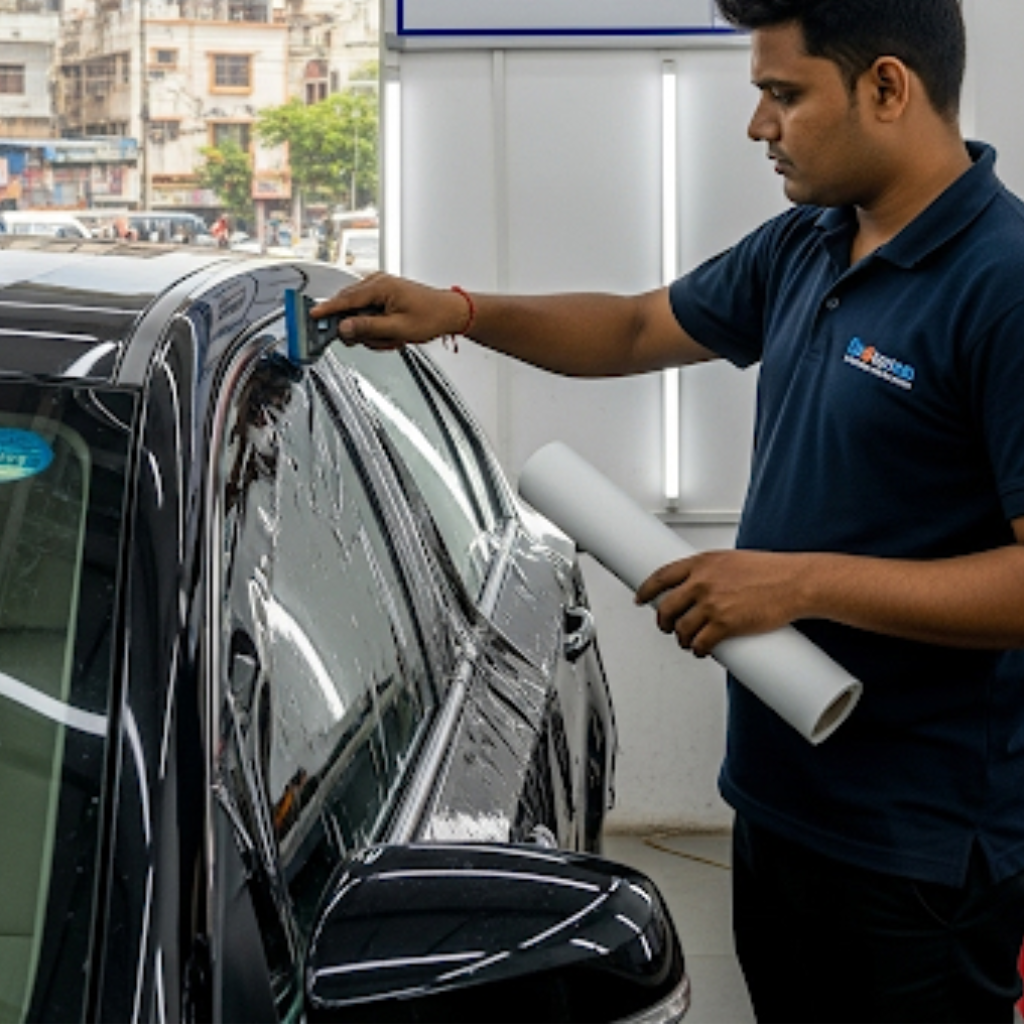
The Multiple Benefits of Premium IR Rejection Window Film
Premium IR rejection window film focuses on blocking the wavelengths that produce excess cabin heat. This reduces the reliance on blasting your air conditioner, which translates to better mileage over time. Glare from intense sunlight is also lowered, letting you see the road more clearly. Infrared heat rejection film can protect your upholstery, dashboard, and health by filtering harmful ultraviolet rays. You may notice the cabin remaining comfortable longer after switching off the engine. A good film also preserves your vehicle’s look, avoiding peeling or discolouration. Plus, many high-end products follow legal limits for visible light, so you remain compliant on Indian roads.
Long-Term Value for Car Owners Amid Infrared Radiation
Investing in infrared rejection films offers long-term value that goes beyond day-to-day cooling. Reduced temperature swings inside your car help maintain electronics, seat materials, and interior trims. These benefits ultimately keep your vehicle looking newer for longer. With strong IR rejection, turning on the AC becomes less frequent, cutting fuel or battery draw in the case of electric cars. A well-preserved interior also pleases future buyers if you decide to sell. For many families, a cooler ride improves comfort, especially for children or older passengers. Partnering with a reliable Supplier, such as Esperto Car Care Coimbatore, guarantees a smoother installation and professional guidance over your film’s life.
Optimising Car Window Films for Maximum Infrared Rejection and Comfort
Each section of your vehicle’s glass—the windscreen, side windows, or rear windshield—faces varying levels of sun exposure and heat. Choosing the correct type of window film for each area is crucial. For example, a high-performance IR rejection film on the front windscreen offers better heat control during daytime drives. At the same time, whole side and rear window tinting enhances cabin-wide thermal comfort. By applying film strategically across all auto glass surfaces, you can significantly reduce cabin heat buildup, protect interior trim from UV damage, and maintain a cooler, more comfortable ride.
High-Performance Front Windscreen Film for Superior Infrared Heat Rejection
The front windscreen takes the brunt of the sun’s rays, especially during peak daytime driving. Applying a durable high infrared heat rejection film here helps reduce the load on your car’s air conditioning system. The cabin stays cooler by blocking most infrared radiation and significantly minimising glare. This keeps interior temperatures comfortable and improves driver visibility for safer driving in bright conditions. Since the front windscreen must comply with legal limits on visible light transmission (VLT) in many parts of India, you can’t use just any dark tint. Opting for a specialised transparent film with strong IR rejection capabilities is the best choice. Professional installation ensures the film is smooth, bubble-free, and won’t obstruct your line of sight or compromise safety.
Comparing Infrared Rejection Films for Car Side Windows
Side windows play a key role in keeping rear passengers comfortable during drives. Different window tints offer a range of benefits—some focus on maximum heat rejection, while others prioritise privacy or a sleek look. The ideal car window film balances strong infrared rejection with clear visibility, essential for safe lane changes and turns, especially in busy Indian traffic conditions. While metallic films may come at a lower price, they can cause interference with mobile signals. Ceramic-based films, on the other hand, provide superior heat blocking, better durability, and no signal disruption. Choosing a car window film with a high IR rejection rating helps keep intense sunlight out without darkening the cabin excessively. Always request performance specs to understand how IR rejection ratings translate to real-world comfort behind the wheel.
Rear Windscreen Film for Full Heat Rejection and Cabin Comfort
The rear windscreen area often traps the most heat inside the car cabin. Rear passengers or pets on long drives face the toughest exposure to the sun’s intense rays. Applying a high-quality infrared rejection film across the rear glass helps protect them from overheating. Premium films are designed to work flawlessly with built-in features like rear defogger lines and antenna wiring, ensuring no damage or signal loss. This film also helps prevent premature fading and wear of rear seats and carpets caused by sun exposure. Reducing heat in the back cabin is essential for families and frequent travellers, especially during hot Indian summers. A correctly installed rear windscreen tint balances the interior temperature and protects against harmful UV and infrared rays that degrade interior materials over time.
Selecting the Right IR Rejection Film Segment for Temperature and Comfort
Not all films are the same. Some focus on style, while others prioritise performance. Evaluating film segment options is essential because different products vary in materials, technology, and lifespan. By understanding premium vs. standard offers, you match the film to your climate needs, driving habits, and budget.

Premium vs Standard Infrared Heat Rejection Film Options
Premium solutions, like a high infrared heat rejection film, use refined layers or nano-ceramic particles to block significant levels of solar heat. They can reduce cabin temperatures by a larger margin, prolonging interior life. These upper-tier products also resist fading and bubbling over time, making them a worthwhile investment. Standard selections may be affordable, but they do not handle India’s scorching summers as effectively. They might degrade faster, forcing repeat installations. With premium infrared rejection films, you typically receive a more extended warranty, better lens clarity, and higher satisfaction. This becomes noticeable on extended drives or when parking outdoors for hours. Eventually, the difference in comfort and interior upkeep justifies the added cost.
These technologies improve IR rejection
Window film manufacturers keep refining technology to improve heat rejection. Ceramic-based inventions are popular because they offer excellent infrared heat rejection and do not disrupt phone or GPS signals. Many top-tier solutions block a broad spectrum of solar radiation, including ultraviolet and infrared. Some brands have multi-layer builds designed to tackle both IR and visible glare. These technologies ensure you get a strong reflection of the most intense wavelengths without darkening your interior to unsafe levels. Transparent or lightly tinted films are common now, thanks to advanced formulas that separate harmful rays from beneficial visible light. If you crave the newest wave in tinted films, you might also spot “smart” versions that adjust darkness levels automatically.
Installation Expertise for Maximum Application Benefit
A professional installer is vital. Even the best infrared rejection film fails if air bubbles, dust, or uneven placement ruin its effect. Specialists start by wiping away contaminants from glass surfaces. Then they use proper alignment, especially around edges or sensors. This level of care ensures your IR rejection film stays intact through humidity, rain, and temperature changes. Curing times can vary, so you may need to keep windows shut for a few days. Cleanliness throughout the process is key. Trapped debris or wrinkles can hamper heat rejection significantly. Some shops, like Esperto Car Care Coimbatore, also provide after-care instructions so you preserve the film’s clarity and longevity once it is set on your windows.
Maintaining Infrared Heat Rejection for Better Car Performance
Proper upkeep of your new window film is essential to preserve clarity and heat-blocking power. Over time, dust, smudges, or surface scratches can reduce performance. Gentle cleaning and awareness of environmental challenges ensure the film’s beneficial infrared blocking lasts season after season.
Measuring IR Rejection Window Film Effectiveness Over Time
After installing an infrared rejection film, many drivers notice reduced glare and cooler cabin temperatures, which helps to measure the results. Some shops use handheld infrared meters to show how well the film works. If you drive through extremely hot cities like Chennai or Mumbai, you may see a recognisable drop in AC usage, and the comfort inside your vehicle will be more stable. Data loggers or simple thermometer tests prove that peak cabin temperatures are lowered usefully. If you operate a car, these measurements can indicate improvements in fuel efficiency. Continuous assessments also spot issues early, like peeling edges or reduced rejection levels caused by tears in the film.
Caring for Your Infrared Heat Rejection Film in Tough Conditions
India’s weather can be unpredictable, ranging from dusty summers to soaking monsoons. Clean your film gently with soft cloths and mild, ammonia-free cleaners. Avoid harsh wiping tools because they can introduce micro-scratches that weaken heat rejection or cause visible marks. Also, please refrain from using sharp objects like stickers or suction mounts on the film, as they may peel or fragment the top layer. When the monsoons arrive, water spots can form. Tackle them swiftly with gentle wiping to maintain clear visibility. Routine care keeps your window film’s rejection power steady and helps avoid internal damage that might reduce performance over time.
Finding a Reliable Supplier and Protecting Your Film Investment
Work with a reputable Supplier who understands each market segment and stands by their product warranties. Ensure the film you buy is genuine, with authenticity checks that protect you from subpar knockoffs. Ask for written warranties covering peeling, fading, and other defects. Also, confirm that the shop handles any potential reapplication tasks. If you drive in multiple climates, check that your chosen film handles India’s broad temperature spectrum. Trustworthy suppliers typically provide professional post-installation inspections to guarantee no air pockets or missed edges remain, preserving top-tier heat rejection. This supplier support means you can confidently enjoy a cooler ride now and in the future.
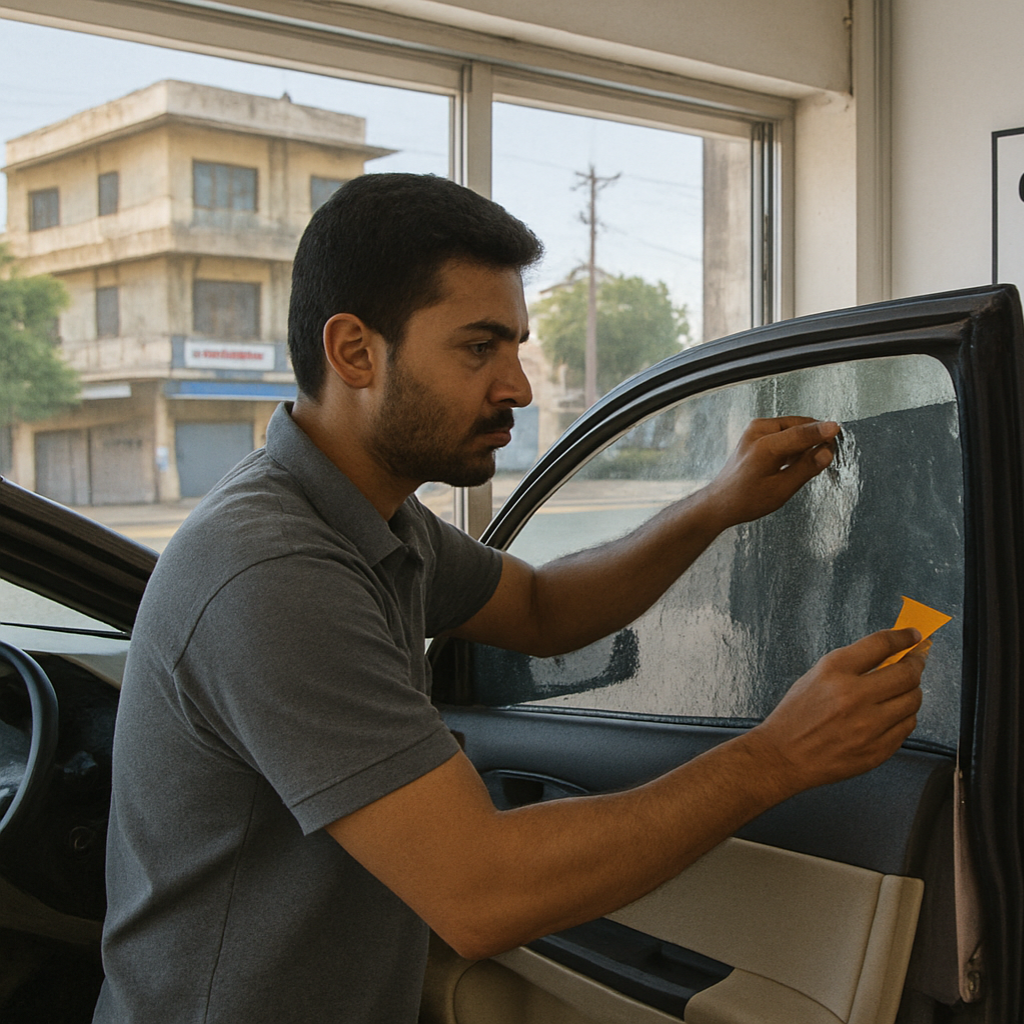
Final Thoughts on Choosing Infrared Rejection Films
High-quality infrared rejection films solve the puzzle of intense Indian heat. They block key wavelengths that cause uncomfortable cabin temperatures while protecting upholstery from ultraviolet harm. You also enjoy safer daily drives with reduced glare and better visibility. These films let you cut back on heavy air conditioning, saving fuel or prolonging electric battery range for EV users in India. Maintaining a well-preserved interior can also pay off if you sell your vehicle later. The crucial next step is to select the right film. Check performance data, find a skilled installer, and make sure your supplier offers trustworthy after-sales support. This way, you will enjoy more incredible rides under skyscraping summer skies for years.



